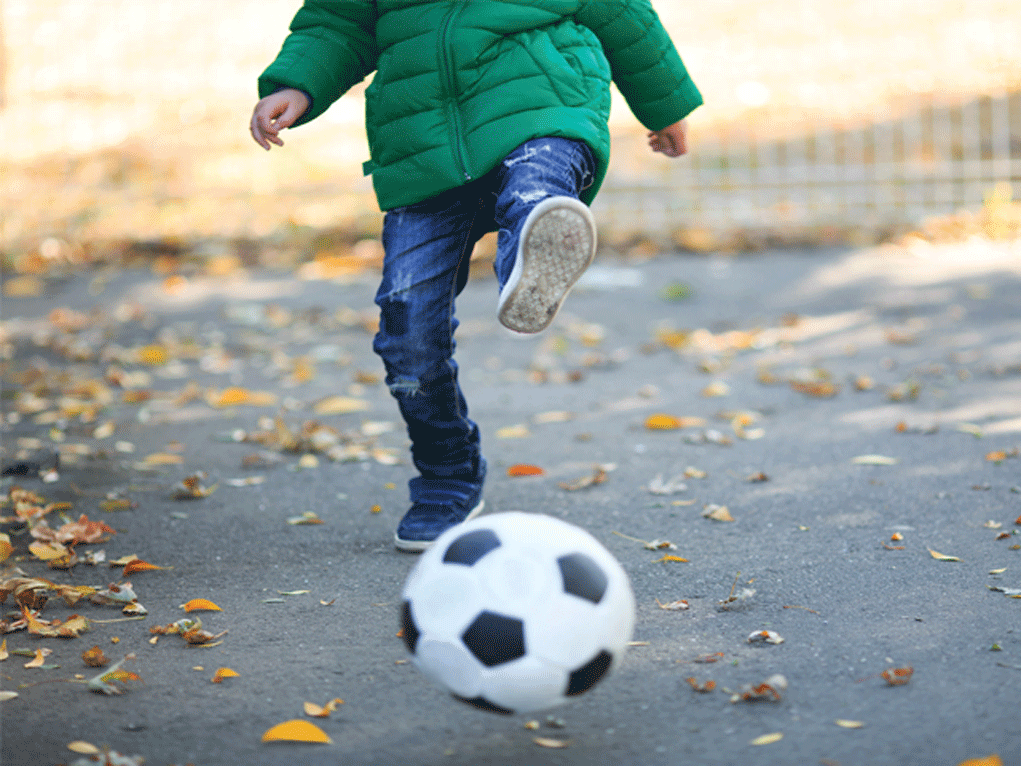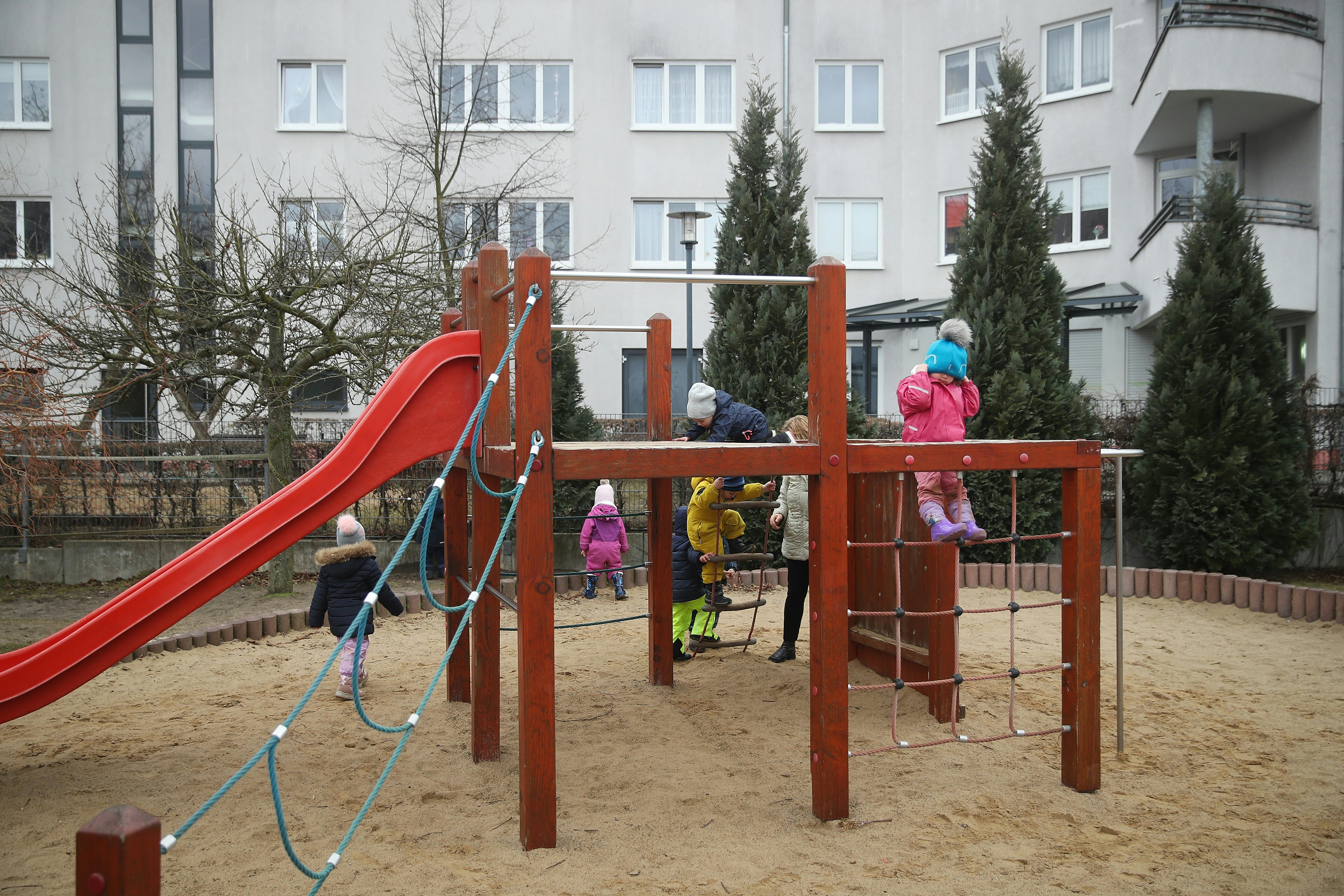
They can move around to another side if they are still not comfortable with another child in their space. Train tableĪ train table allows for plenty of space for children who need it. During parallel play, children can build separately, but it also allows for interaction if they are ready to move to the next stage of play. Wooden building blocks are a great open-ended activity for any stage of play. They may not be ready to share and we want to set up our kids to succeed. Make sure to have enough supplies for two or more children to prevent fighting.

If you have the space and means, I recommend getting a sensory table. Sensory activities like playdough, sand or water are fun activities to do side by side. Don’t forget, art is considered play! Any individual art activity can be done side by side. Enroll in a Parent & Child music class, or just have a dance party during a playdate. Music and dancing stimulate the brain, help gross motor skill development, encourages self-expression and builds confidence. Playgrounds are a great setting that allows parallel play and gets them around a mixed age of children.

Remember, they don’t need to be playing with each other to benefit from playdates. Schedule playdates with the same age or slightly older children. Activities that children can do near each other, like music or dance classes, but not necessarily interacting together is also great. Getting your child in different social settings offers opportunities for parallel play.
#Parallel play tv
Reading on the couch while someone else is watching tv doing a crossword puzzle while quietly drinking coffee with your spouse and playing a video game while your roommate writes are all examples of adult parallel “play.” for extensive lengths of time, without constantly doing something with them. During these times, we were forced to be content in the same space with roommates, partners, etc. The article ( “Let’s Ignore Each Other in the Same Room”) points out that our parallel play skills were put to the test during quarantines and lockdowns. The New York Times has a really interesting article about the importance of parallel play in adulthood, and how it relates to secure relationships and healthy attachment. You may see them imitate the other child in the way they are playing. They are unconsciously picking up things the other child is doing. Montessori wrote in her book “The Absorbent Mind,” that children are unconscious absorbers during this stage. It may appear they are immersed in their own activity, but they are still absorbing what the nearby child is doing as well. Although it may not look like it, parallel play is a step toward socialization and a toddler’s way to make friends.

Parallel play is the exciting bridge from solitary or onlooker play towards cooperative play.Īllowing peers in their space is a huge milestone for toddlers. Both have different intentions and are not interacting with each other. Two toddlers stand in front of a play kitchen, the older toddler is pretending to cook a meal in a pan, while the younger is placing toy food in a bowl. They may move around each other but are focused on their own train activity. One is building a track, another is driving a train on a track, the third is connecting trains. Three toddlers are playing at a train table. Purchasing from these links costs you nothing extra, but helps with our website upkeep.) Examples: This stage usually begins around two years old, but you may find that those with older siblings, or who are around older children often, will start parallel play closer to 1.5 years old. They have no interest in actual interactive play with the other child(ren) and they may or may not share toys or items. Read more about the 6 stages of play here.ĭuring Parallel Play, children are playing alongside each other but are focused on themselves and their own activity. The other 5 stages of play are (click on links for details on each stage): Parallel play is one of the 6 Stages of Play developed by sociologist, Dr.

There are 6 stages of play that children progress through and having an understanding of each stage will help you support your child’s development. Well, The Montessori-Minded Mom is here to help! But what does “understanding children’s play” even mean? We’ve known for decades how crucial play is in a child’s social-emotional and cognitive development. The highest form of research is essentially play.” He stated that “All play is associated with intense thought activity and rapid intellectual growth. Scarfe’s 1962 paper titled, “Play is Education,” discusses how vital play is in early childhood development, and how important it is for educators to understand children’s play.


 0 kommentar(er)
0 kommentar(er)
